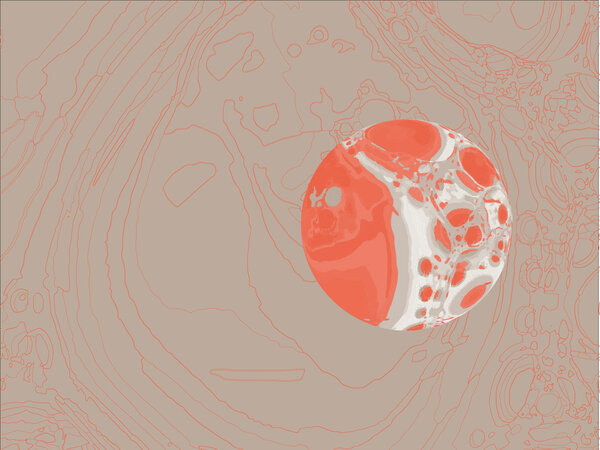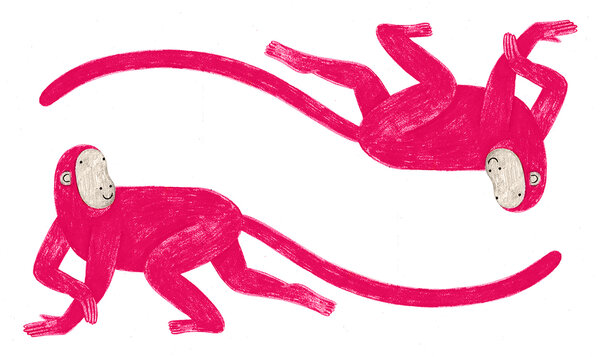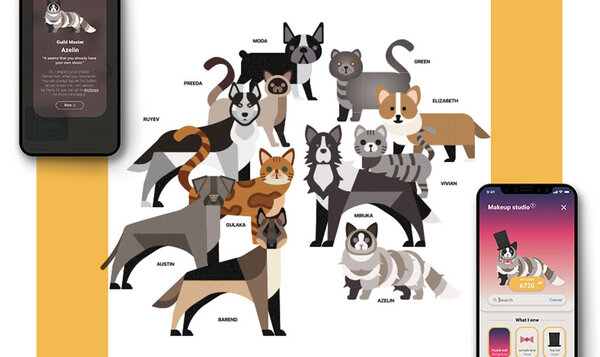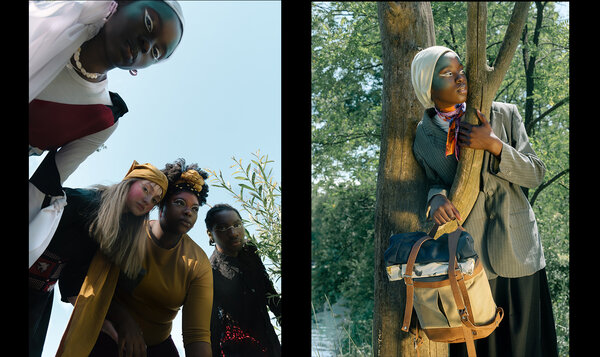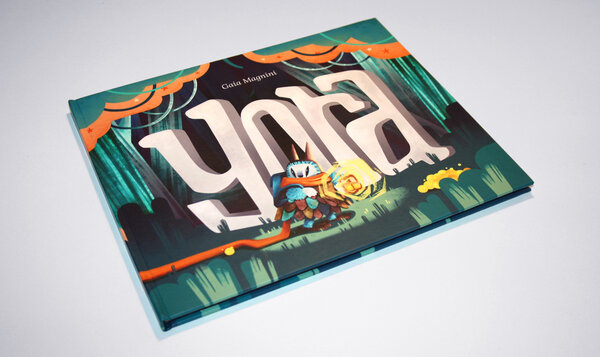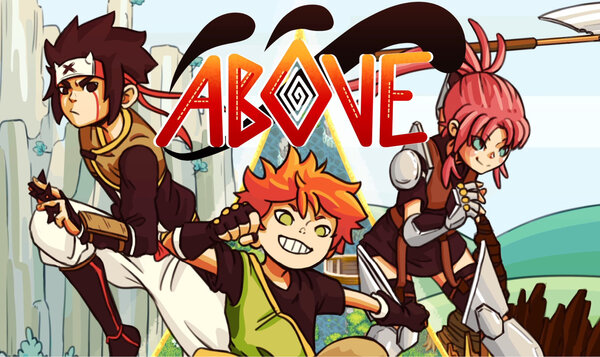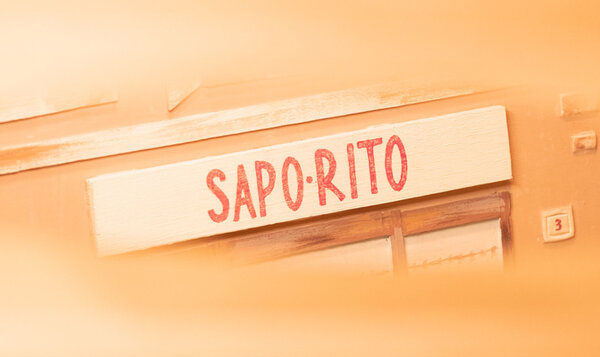
Illustrators: who they are, what they do and how to become one
Who are they and what do they do
An illustrator is a distinctly creative professional figure skilled in the art of translating concepts, stories and ideas into engaging visual images.
Their primary responsibility is the representation of messages or elements, using both manual techniques and advanced illustration software. Working in sectors such as advertising, publishing, children’s literature, and gaming, the illustrator plays a key role in enhancing the visual character of a message within a project.
Role and responsibilities
The Illustrator is a professional creating images that accompany, enrich, or communicate a specific message. These images can be used in a variety of contexts, including books, magazines, advertising, websites, games, and more. The activities of an Illustrator vary depending on the project and field of application. Let's see what they might entail.
· Understanding a brief: before starting a project, the illustrator must interact with the client or comissioner to fully understand the project’s requirements. This may include the theme, desired style, target audience, and other relevant details.
· Creative consultancy: in many cases, the illustrator may be involved in the initial ideation phase of the project, offering creative advice on the best visual strategy to adopt.
· Adaptability of style: depending on the project assigned to them, the Illustrator may be expected to adapt their artistic style to meet specific requirements. The ability to embrace different styles is an important asset.
· Working autonomously and meeting deadlines: as part of a larger project, the illustrator must demonstrate a high degree of independence and organisation to ensure deadlines are met. This requires adequate and independent time planning and effective task management.
· Collaboration with other specialists: often, the illustrator works in collaboration with other professionals, such as writers, designers or editors. The ability to communicate and integrate successfully into a team is essential.
· Respect for technical constraints: depending on the delivery format (printed, digital, etc.), the Illustrator must respect technical limitations and ensure that their work suits the chosen medium.
Career and salary
The career of an illustrator offers a wide range of opportunities. Some prefer to pursue independent projects, exploring their artistic vision. Others find satisfaction in integrating into creative teams of publishing houses and contributing to the visual creation of books and magazines. Alternatively, illustrators can work on advertising campaigns, using their experience to serve creative and communication agencies. This way, they use their skills to interpret the desired messages from various clients and brands visually. The flexibility and diversity of career opportunities make illustration an inherently dynamic profession full of possibilities.
The salary of an illustrator varies according to specialisation and reputation. Successful illustrators can enjoy a fulfilling career with stimulating and rewarding job opportunities.
In addition to the professional opportunities of an Illustrator, there are also several possible specializations that, to varying degrees, reflect versatility and creativity:
Publishing Illustration
In the field of publishing, the Illustrator may be tasked with creating book covers, internal illustrations, cartoons, or illustrations for articles. This work can also extend to magazines, newspapers, and advertising material.
Character Illustration
In film, animation, and video games, the illustrator is involved in creating characters. This includes conceiving appearance, clothing, facial expressions and gestures.
Illustration of Children's Books
Illustrators often work with children's book writers to create images that visually tell the story. For example, colourful and appealing illustrations can make a book more engaging and understandable to a child.
Illustration for Advertising
Illustrators often work in advertising, creating eye-catching images to promote products or services. These illustrations may appear on posters, flyers, printed advertisements or digital communication channels.
Illustration of Comics and Graphic Novels
The illustrator plays a crucial role in creating comics, graphic novels, characters, settings, and visual sequences that tell the story engagingly.
Illustration for Education
Illustrators can also be involved in education and training, creating visual teaching materials such as illustrations for textbooks, educational posters, or online resources.
Illustration for Branding and Corporate Identity
In brand design, the Illustrator can contribute to creating a distinctive visual identity, designing logos, brand images, and other visual elements that represent a company.

IED Open Days
We look forward to meeting you in person at our premises and online, to learn more about our teaching offerings, get to know our services and interact with coordinators, lecturers and students.
Skills and training
The professional role of an Illustrator, being a highly creative position, requires critical skills to excel, specialise in a particular field, and advance in one's career.
Drawing Skills
Basic artistic skills like drawing and creating images quickly and effectively are essential for Illustrators. This skill enables them to translate abstract ideas into engaging visual representations and to communicate clearly through art.
Creative Skills
As an Illustrator, you must translate concepts and stories into images and possess unlimited creativity. The ability to think innovatively and visualise ideas uniquely and personally requires an artistic approach and a mind open to exploring new visual perspectives.
Proficiency in Illustration Tools
Illustrators must be proficient in using illustration tools, ranging from traditional tools like pencils and brushes to advanced digital graphics software. Mastery of these tools allows illustrators to express their creativity in different ways and adapt to the needs of the project. Therefore, artistic technique becomes crucial: the illustrator must posess solid technical skills, including hand drawing, digital painting, vector illustration, etc.
How to become an illustrator
Do you aspire to become a successful Illustrator? Illustration courses are the first step in acquiring the necessary skills. Discover the educational opportunities IED offers to delve into the world of illustration and kick-start your career.
Explore IED courses: embark on an educational journey to become a successful Illustrator.

















